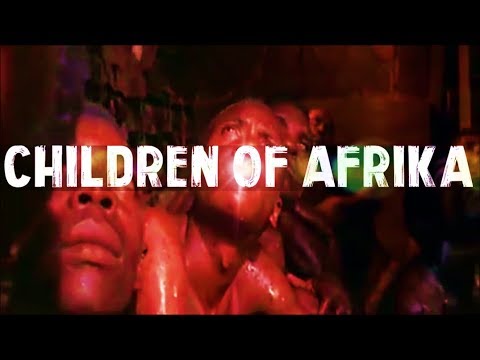A Pictorial Representation of The Atrocities of Slavery
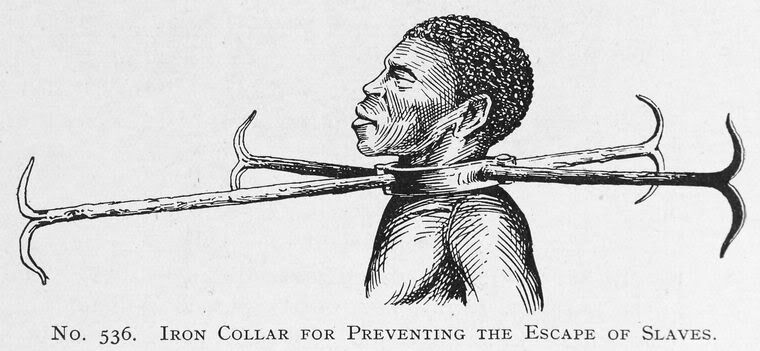
Human Zoos



Slaves hanged on a tree
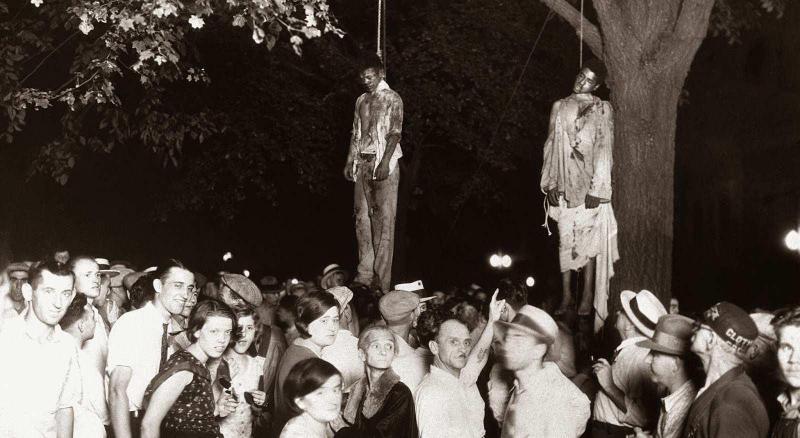
Slaves picking cotton

Women in shackles

Slave duty of a child
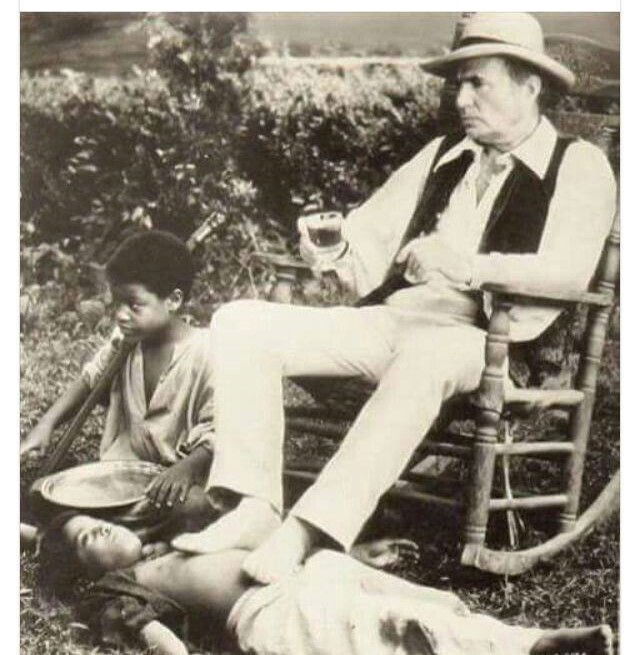
Bait for alligators.


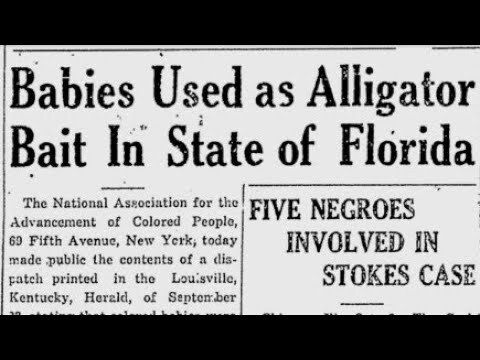
Auctioning of children
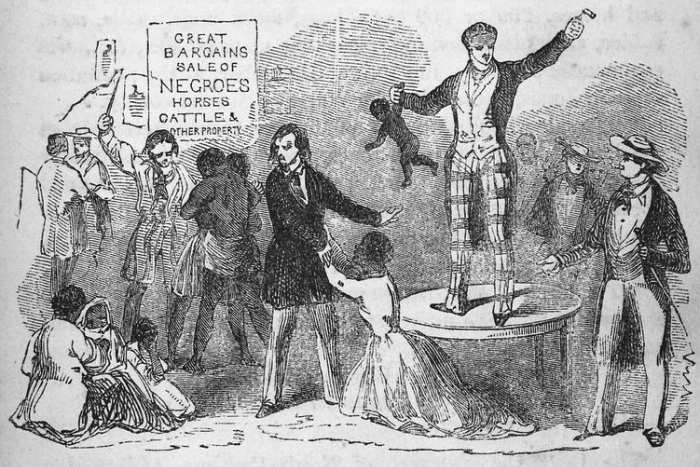
Beating of a slave
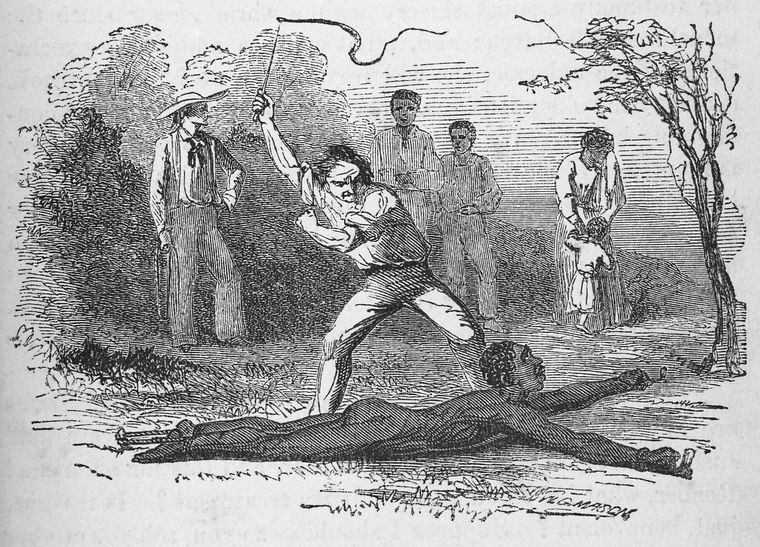
Branding of a female and male slave
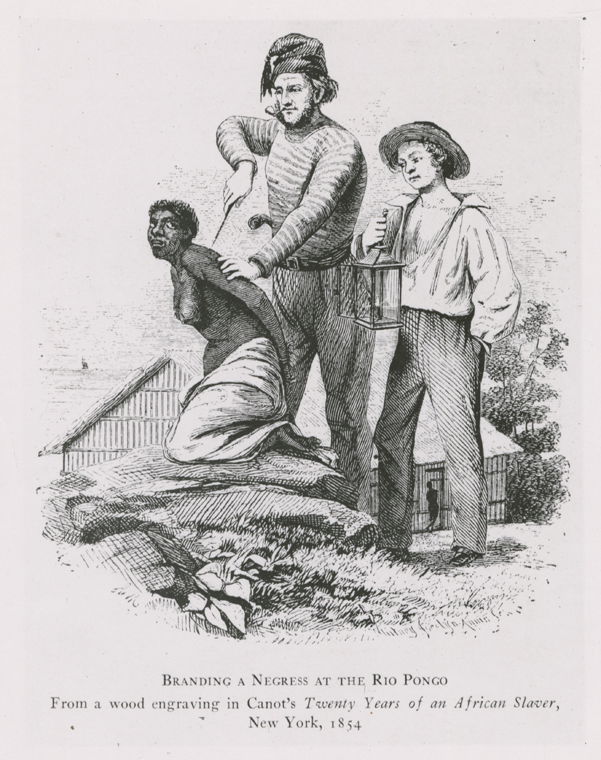
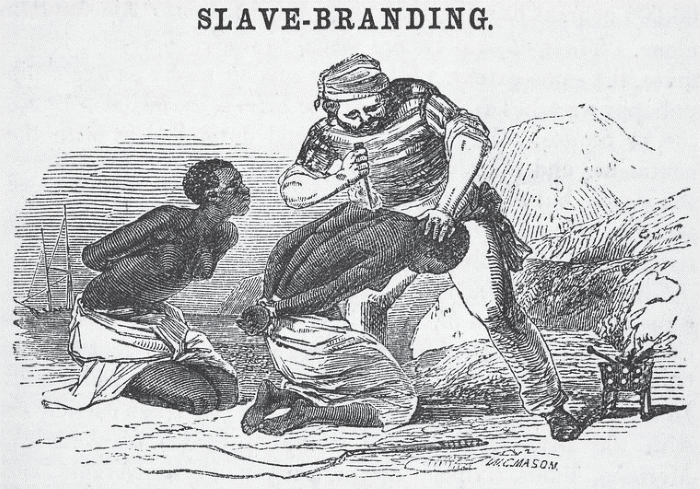
Hanging of a slave
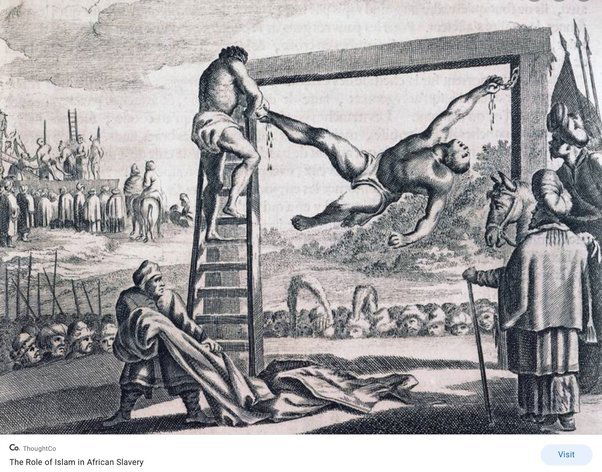
Killing of a slave
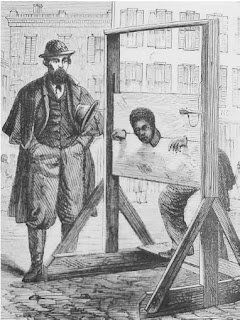
Life on a slaveship



Click on the link below to view a video of actual events that took place on slave ships
Muzzle on the mouth of a slave
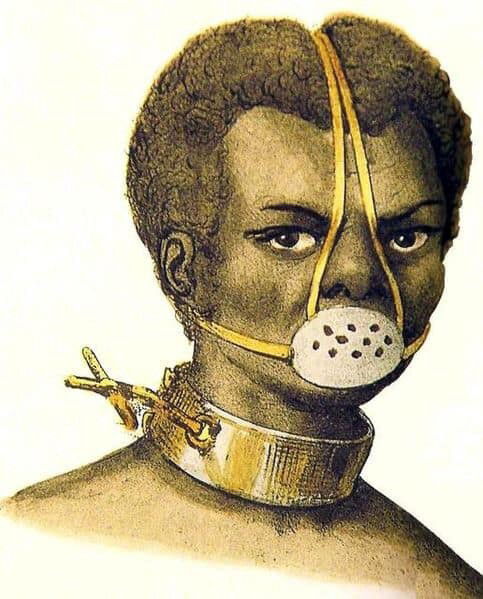
Nigger Hair

Nigger hunting license


Reward for a Runaway slave
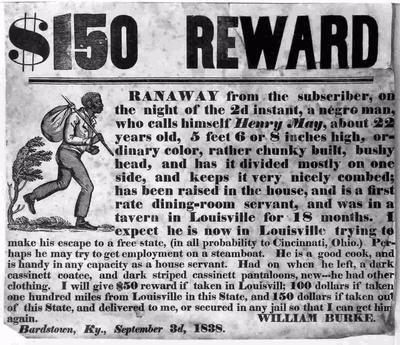
Slave being whipped

Baby being taken away
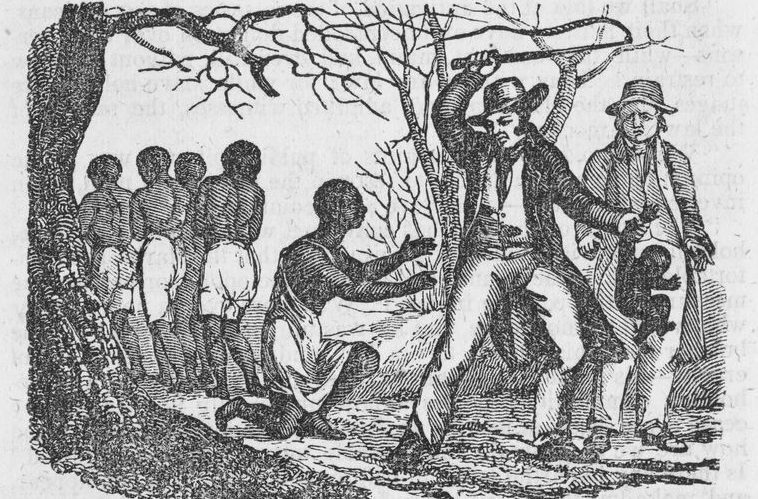
Slaves being thrown overboard
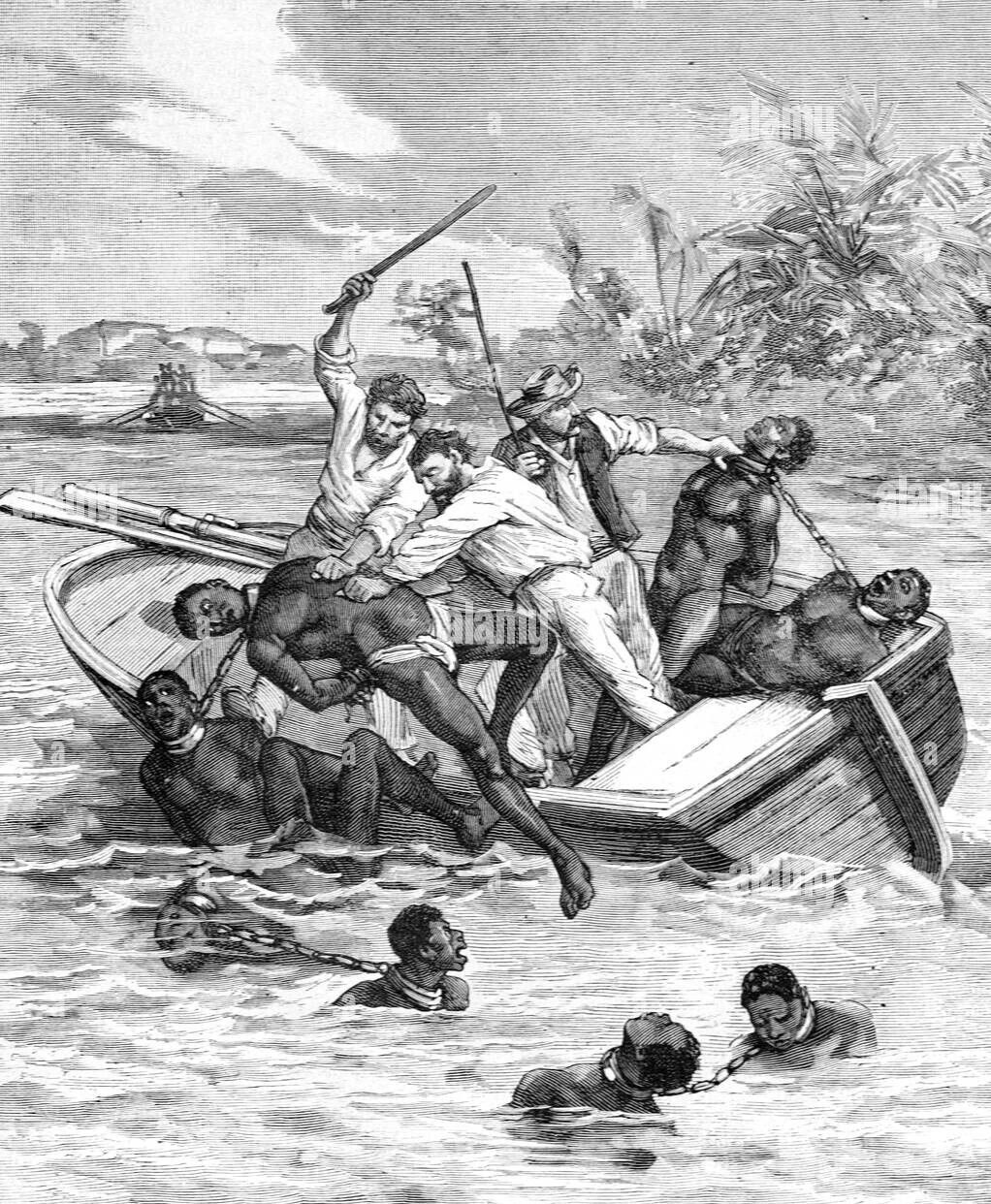
Transatlantic Slave Trade to Louisiana

Facts about Slavery never mentioned in school
https://www.youtube.com/watch?v=wFfXmcaWGWY&t=29s
Slave well
https://punchng.com/untold-story-nigerias-170-year-old-slave-wells/

KUNLE FALAYI recently visited Badagry in Lagos, one of West Africa’s most prominent slave ports between the 17th and 19th Century, and writes on three water wells that remain a reminder of the brutal epoch.
In the centre of an expansive compound along the Badagry Marina, Lagos, a middle-aged woman with a baby strapped on her back, cast a small plastic bucket into an open well. Her baby cried. She needed to bathe and feed him. The water from that well was to serve those purposes.
Less than five seconds after she left the place, another woman, armed with a similar container, approached the spot. This is certainly a busy well. But if anyone thought that this was an ordinary well, one would be committing a crime against history.
Dug in 1847, an inscription showed on the concrete ring, one that has been placed on it in recent years. Just below the concrete, one could easily make out the 19th Century mud bricks which were used to construct the walls of the well. Certainly, the courtyard in which this well stands till date is also no ordinary one. A sign over the entrance announces the most popular African personalities in the transatlantic slave trade in the 19th Century in the West African coast. This is the ‘Brazilian Baraccoon’, the slave courtyard of Seriki Williams Abass, a slave who gained his freedom and later became a slave merchant in Badagry from the early 19th Century.
Brazilian Baraccoon well: A living history
In parts of Lagos like Badagry and Lagos Island, which historically, were slave markets in the 17th and the 19th centuries, remnants of the dark age of the transatlantic trade rust away, fighting an invisible but brutal war against the elements.
In the slave compound of Seriki Williams Abass, many items of the era like chains used to secure the hapless slaves, metal muzzles used to lock their mouths and an umbrella that once exchanged for 40 slaves are gradually breaking down due to lack of funding to preserve them. But in the midst of this degeneration of an important part of Nigeria’s history, the wells dug by slaves are monuments of that era that have remained untouched by decay and degeneration. In the expansive Brazilian Baraccoon, which has officially been designated a national monument, the well in the court yard with the date inscribed on it, is one of the first elements that welcome a visitor.
The Slaves’ Spirit Attenuation Well or ‘Well of Memory Loss’
While the well in the Brazilian Baraccoon would have served the purpose of quenching slaves’ thirst, the one on the Island of Gberefun, just across Badagry, served a more sinister purpose, according to subsisting tales of the slave era.
Ominously named the Slaves’ Spirit Attenuation Well’, popular legend suggests that in the era, as the slaves filed from their various merchants’ courtyards with chains around their wrists, necks and waists from across the marina, they were ferried on boats a short distance to Gberefun Island.
From the landing at Gberefun Island, Anago, who took our correspondent on a tour of the various iconic areas connected to the slave trade, explained that the slaves were then filed towards what would become the last time African land would ever be under their feet – The Point of No Return.
But about one kilometre from the riverside landing on the Island, towards the Point of No Return on the Atlantic border of the Island, a well stands alone in the middle of the plain.
Save for the roof that has been put over it to venerate its historical status along with a sign wall that proclaims its disturbing name, the well looks like any other.
But its history or legend suggests that it was the beginning of the horrendous journey that would take slaves who were forced to drink from it from their native land to either their slave masters or to their death.
In Ouiday (Whydah in English), Benin Republic, the ‘Tree of Oblivion’ served a similar purpose. The story around the tree, which today is represented by a monument at the spot it once stood, suggests that slaves were made to walk around it a number of times after which they also lost their memory.
Anago said, “The batch of slaves for each voyage was much and could easily rebel against their few masters during the transatlantic trip. So, the Europeans on the slave ships colluded with the African merchants to enchant the well at the Point of No Return.
“All the slaves were made to drink from it. After that, they lost all the memory of their origin. It essentially took away their consciousness and they were easily controlled this way. This is why I prefer to call it ‘Well of Memory Loss’. From the well, they were taken on the coast, loaded like animals on the ships and taken away.”
http://coast.iwlearn.org/en/News%20and%20Events/badagry-a-walk-through-the-slave-route
“Recitation By The Sold Slaves.
I am leaving this land,
My Spirit leave with me.
I shall not come back now,
My shackles do not break.
It is the shackles that hold the ship down.
My ancestors bear me witness,
I shall not return.
This land shall depart,
My soul do not revolt,
My spirit go along with me.
I depart to that land unknown
I shall not return.”
